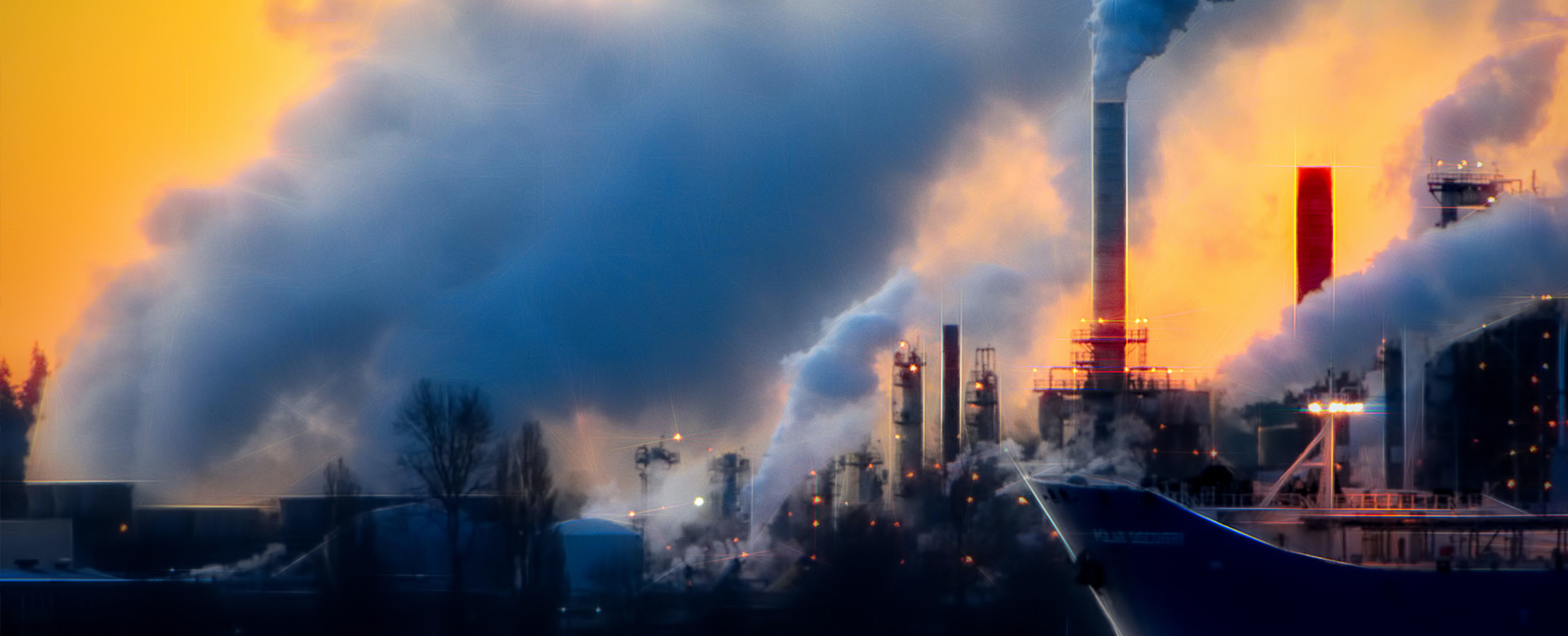What is CCUS and why is it necessary?
Carbon Capture Utilization and Storage (CCUS) technology is on the rise as countries around the world strive to reduce emissions from the energy industry.
CCUS is a collective term used to describe various methods of trapping the carbon dioxide (CO2) produced by burning fossil fuels, and either storing it permanently or utilizing it.
It's well-known that fossil fuels like coal, oil and natural gas form the largest single source of global greenhouse gas emissions, largely due to the carbon dioxide produced.
With governments from Beijing to Brussels setting ambitious targets for climate neutrality, preventing CO2 from entering the atmosphere will be an important way to cut emissions and slow down climate change in the short term.
How does Carbon Capture and Storage work?
Carbon Capture and Storage (CCS) technology has been used for 45 years as a safe solution for storing carbon dioxide on an industrial scale.
There are three main steps to the process. First, capturing the carbon dioxide by separating it from other gases produced by power plants, steel mills, refineries and other large-scale producers. Thanks to new technologies, CO2 can also be captured directly from the atmosphere (this is known as direct air capture, or DAC).
Next, the carbon dioxide is compressed and transported to storage sites via pipelines, trucks or rail. The most well-established method is through pipelines (North America boasts nearly 5,000 miles), and this is also the most cost-effective means.
Finally, it is injected back into the ground and stored in porous rock formations – either onshore of offshore - which trap the CO2 for permanent storage below the Earth’s surface.
This kind of storage uses the same natural forces that have trapped oils and gasses in the Earth for millions of years.
What are the benefits of using CCS?
According to the Global CCS Status Report, between 2019 and 2020 CCS capacity increased by 33 percent globally – proof, if it were needed, that countries and industries see the technology as a viable and useful solution.
Companies in some countries also receive financial incentives for capturing the carbon dioxide they produce, instead of releasing it. CCS can also be retrofitted to existing power and industrial plants – in the next 50 years this could potentially prevent the emission of 17 years’ worth of CO2.
In the US, the 45Q tax incentive has been in place since 2008, meaning that companies that capture carbon can earn $50 per metric ton stored permanently, and more in future.
CCS can also be particularly useful in the oil industry, as the process of injecting carbon dioxide into underground oil reservoirs can boost production.
When injected, the gas pressurizes the oil, improving its mobility and allowing it to flow more easily.
This raises the prospect of a carbon neutral (or even negative) oil lifecycle where carbon dioxide created through oil production and combustion is then reintroduced into the system.
What is Carbon Capture Utilization and Storage (CCUS)?
As well as being stored underground, captured carbon can also be recycled in a huge variety of ways. Many are still being explored thanks to new technologies.
One short-term storage solution is to use carbon dioxide to make liquid fuel. However, this would release the gas back into the atmosphere when combusted.
More sustainable, long-term solutions are being explored. One of them absorbs up to 25 percent of emissions in the production of cement, concrete or aggregate for the construction industry, with concrete able to store the carbon dioxide for 100 years or more.
The carbon in CO2 can also be used to convert hydrogen into a synthetic hydrocarbon fuel, or converted into polymers, which could be used to create adhesives and plastics that could last from decades to centuries.
For a more natural solution, carbon dioxide can be used to stimulate the growth of algae. In large quantities, algae can help counteract climate change as it can absorb CO2 faster than any other biomass.
Algae can be used as a raw material for creating biofuels, plastics and carbon fiber (also known as graphite).
In Britain, power stations are even partnering with pubs to use carbon dioxide to put the fizz in pints of beer.
A major opportunity to cut emissions
In January, entrepreneur Elon Musk announced the largest incentive prize in history: $100 million for "innovators and teams from anywhere on the planet to create and demonstrate solutions that can pull carbon dioxide directly from the atmosphere or oceans, and sequester it durably and sustainably."
It shows both that Musk thinks the technology has the potential to accelerate a step change in global carbon emissions, and also that the technology still has some way to go before it is economic on a scale that will make the kind of difference the climate emergency demands.
Momentum for CCUS projects is growing, with new facilities being planned or underway across the globe. If all these projects proceed, the amount of global CO2 capture capacity would more than triple, from 40 to around 130 megatons per year.






